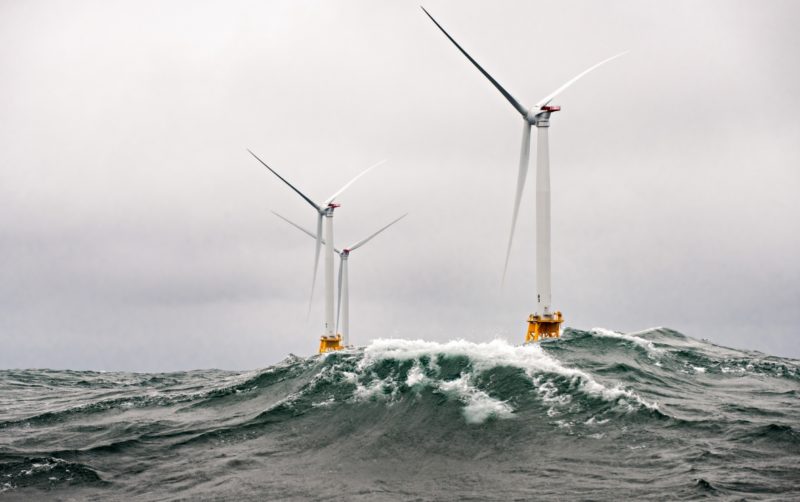As we were going to press, the commercial fishing industry won a major battle in the fight for a voice on the water. (See the full story on page 14 of our October issue.) Before that, it seemed our collective fears were bound to be drowned out by the rush of wind.
[Editor's Note: Since the initial announcement, Vineyard Wind has pledged to push forward on its project.]
For years now, any industry objection to wind power has simply been shouted down by the sea of voices clamoring for green energy. To be fair, wind power has some remarkable benefits, especially as a shore-based generator of renewable electricity. As the benefits of wind power began to take shape, and land-based projects gained momentum, the haves (sometimes called NIMBYs) started to push back on what they viewed as the unfortunate prospect of having to look at the industrial components of green energy — the windmills.
We’ve witnessed the same pushback from newcomers to the coast of Maine attempting to protect their “view shed” from the unsightly horrors of our historic working waterfront. (PSA: Don’t forget to clutch your pearls while you talk about your view shed.)
Wind power has relied on being a green-energy golden child to escape objections to its implementation in critical habitat or productive fishing grounds. But as the first projects attempt to cope with problems in their wake — cabling not cooperating with its burial procedures, savings not being realized, and the recognition that the companies with the chops to invest in U.S. windpower infrastructure are all based overseas — the bloom is starting to come off the rose.
None of this is to say that wind power is not worth pursuing or that it simply won’t work in the water. However, it’s another illustration of a continued lack of respect for the working waterfront and maritime industries. Don’t like something on land? Just dump it in the water! We’ve been doing this for centuries, and it’s never panned out well for anyone except those who stand to make a quick buck on the sacrifices of others.
So let’s do our due diligence. Let’s consider wind as we consider any new industry — carefully. One thing we have that Europe may be lacking is land. The United States has plenty of dry ground to install wind turbines, and it doesn’t come with the additional complication of water. Because let’s be honest: Water and electricity does not scream “match made in heaven.”







